|
Yellowstone is home to the largest concentration of mammals in the lower 48 states. In addition to having a diversity of small animals, Yellowstone is notable for its predator–prey complex of large mammals, including eight ungulate species (bighorn sheep, bison, elk, moose, mountain goats, mule deer, pronghorn, and white-tailed deer) and seven large predators (black bears, Canada lynx, coyotes, grizzly bears, mountain lions, wolverines, and wolves). The National Park Service’s goal is to maintain the ecological processes that sustain these mammals and their habitats while monitoring the changes taking place in their populations. Seasonal or migratory movements take many species across the park boundary where they are subject to different management policies and uses of land by humans. Understanding the links between climate change and these drivers will be critical to informing the ecology and management of Yellowstone’s wildlife in the years to come. Carnivores (Order Carnivora)Carnivores all started out as meat-eaters, but many have evolved to be omnivores (consumers of plants and animals). Over a dozen carnivores can be found within the park. 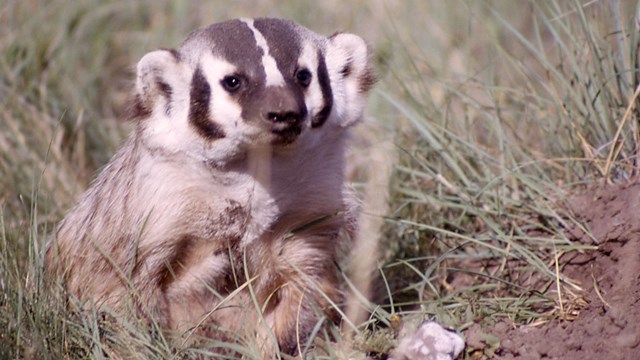
Badger
Burrowing predator of small rodents. 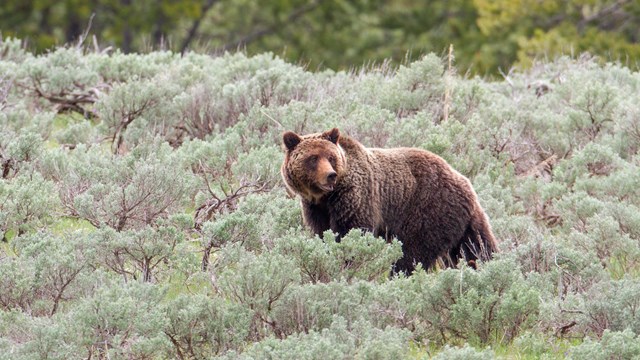
Bears
Two species of bears inhabit Yellowstone: grizzly and black bears. 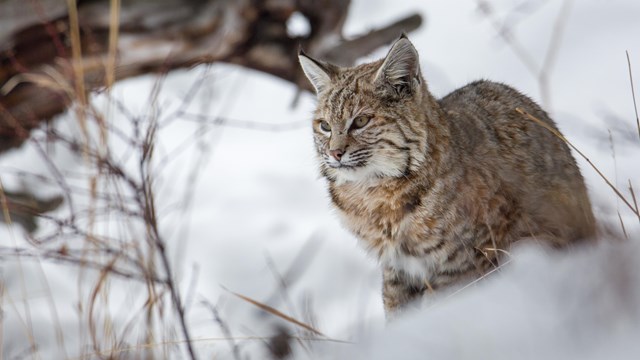
Bobcat
One of the elusive cats of Yellowstone. 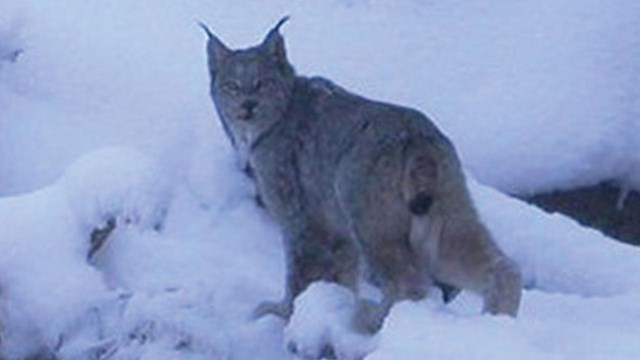
Canada Lynx
Lynx are one of three cat species found in Yellowstone. 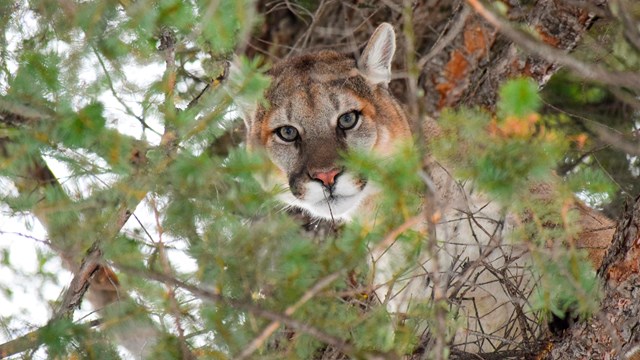
Cougar
Largest of the cat species in Yellowstone. 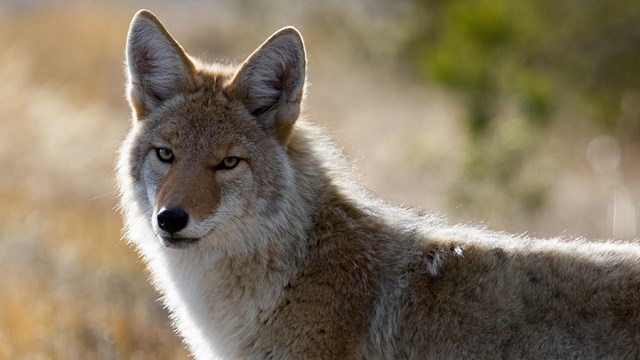
Coyote
Coyotes are abundant throughout the park. 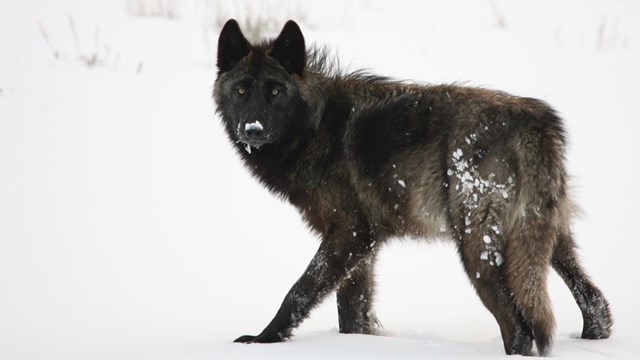
Wolf Ecology
Gray wolves, restored in 1995, freely roam the park. 
Long-tailed Weasel
Long-tailed weasels change color based on the season. 
Marten
Member of the weasel family that lives in woodlands. 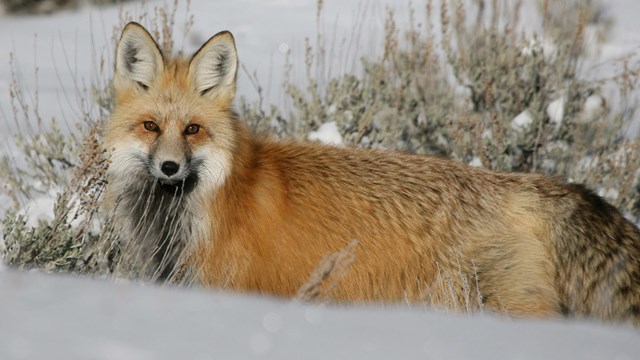
Red Fox
Smallest of the three canid species found in the park. 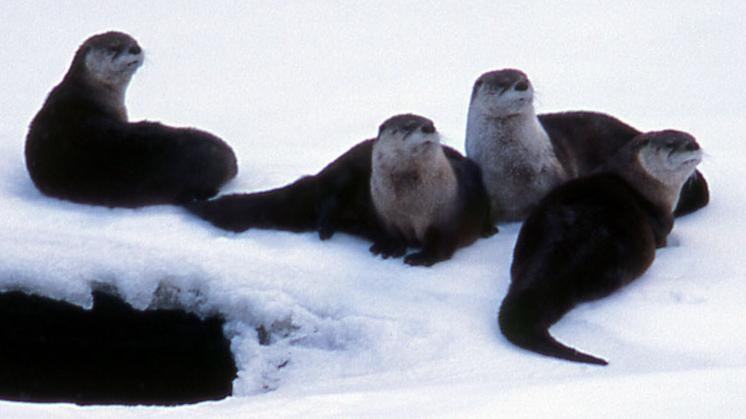
River Otter
The most aquatic of the weasels in the park. 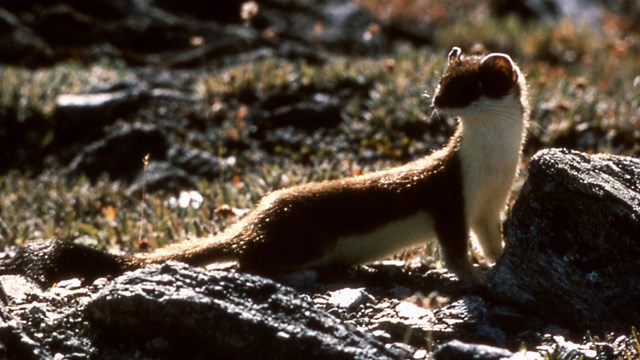
Short-tailed Weasel
Small weasels also known as ermine. 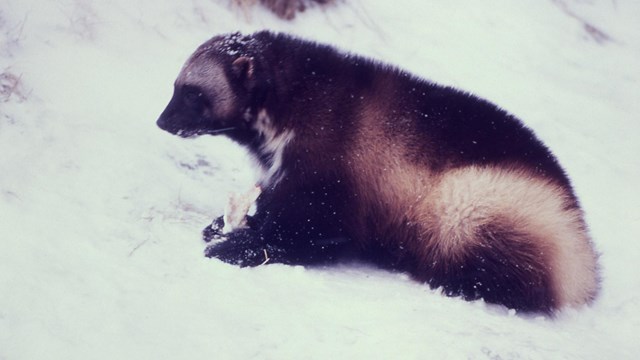
Wolverine
A mid-size carnivore in the weasel family. Ungulates (Order Artiodactyla)Ungulates are hooved herbivores (plant-eaters), and there are two types: even-toed and odd-toed. All of the native ungulates found in Yellowstone are even-toed, while there is one odd-toed ungulate you may see in the park: horses. 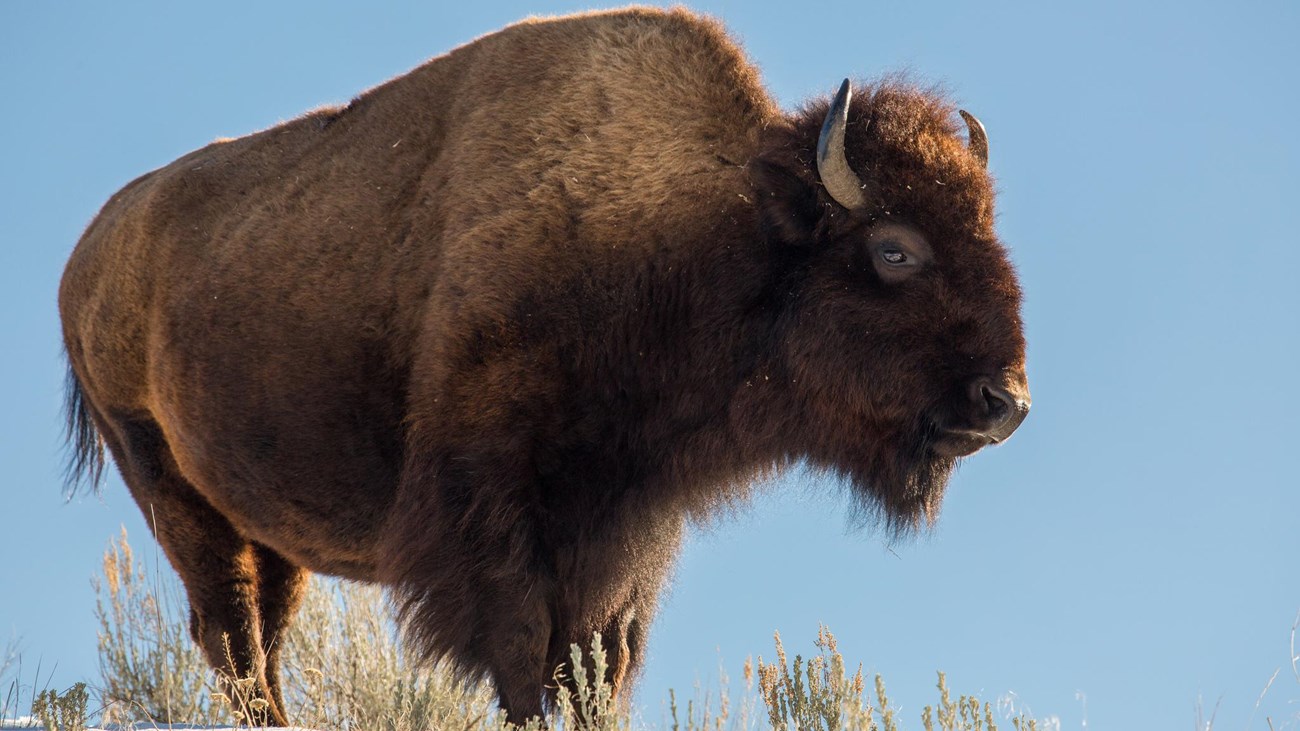
Bison
Yellowstone bison exhibit behavior like their ancient ancestors. 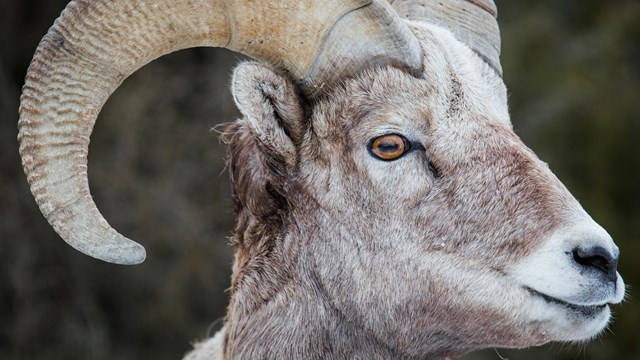
Bighorn Sheep
Most bighorn sheep in Yellowstone are migratory. 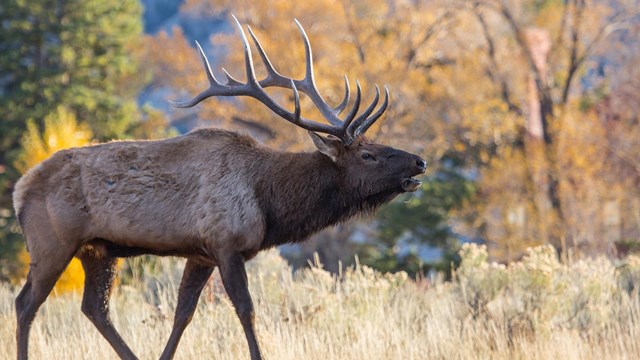
Elk
Elk are the most abundant large mammal found in Yellowstone. 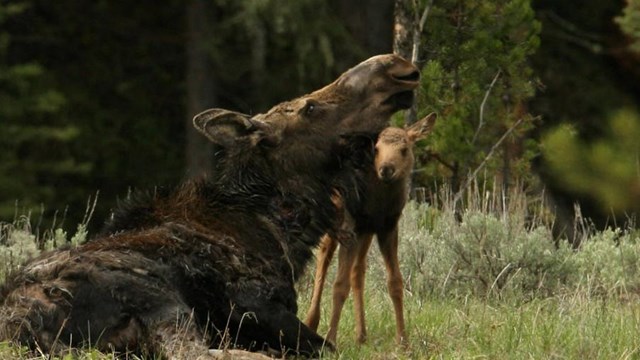
Moose
Moose are the largest members of the deer family in Yellowstone. 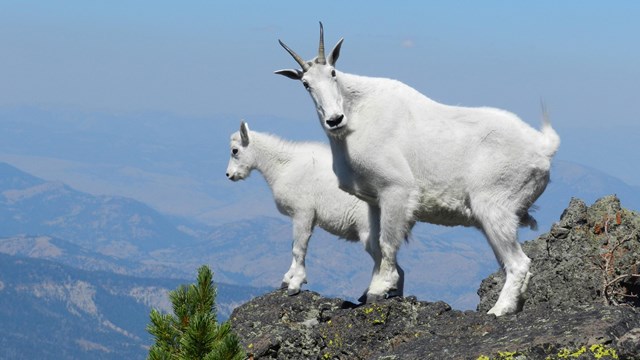
Mountain Goat
Mountain goats are considered non-native species. 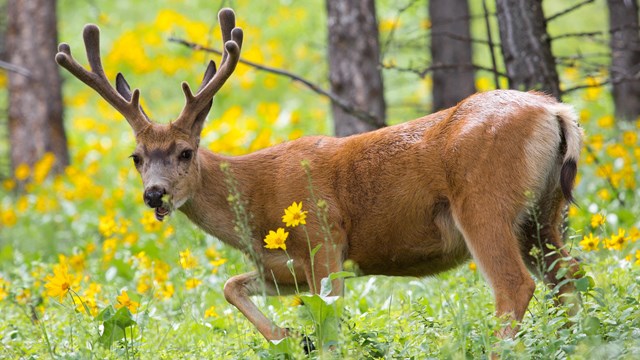
Mule Deer
Also called blacktail deer, they are an exclusively western species. 
Pronghorn
The surviving member of a group of animals that evolved in North America during the past 20 million years. 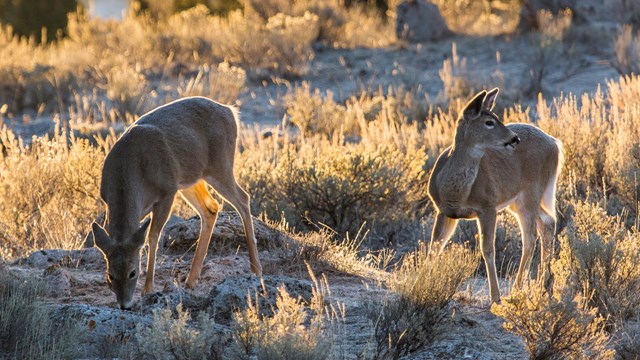
White-tailed Deer
A common deer on the East Coast, they are scarcely seen in Yellowstone. Rodents (Order Rodentia)Rodents are a vital part of the ecosystems in Yellowstone, serving as a major food source for many of the park's predators. All rodents have a pair of incisors in their upper and lower jaws with a large gap between the incisors and the molars. The incisors continue to grow throughout their lives, so they continually wear them down through chewing. 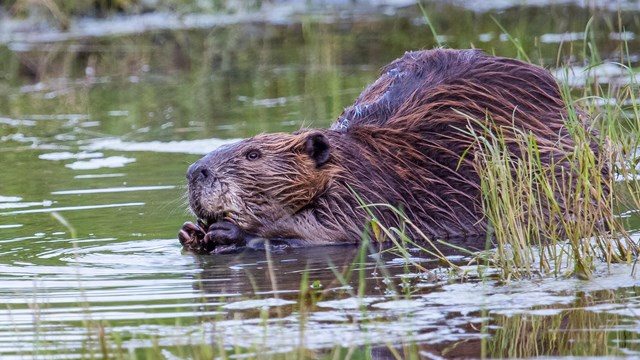
Beaver
Beaver affects habitat structure and dynamics through the damming and diverting of streams. 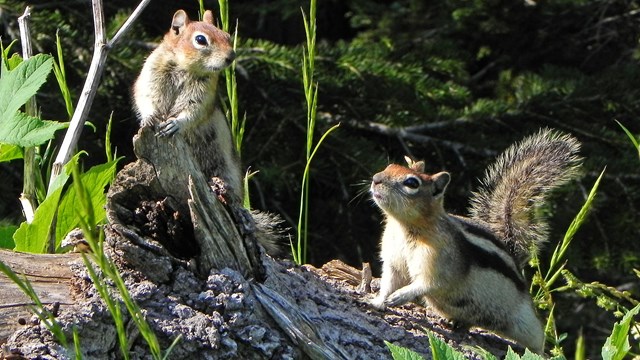
Golden-mantled Ground Squirrel
Found throughout Yellowstone, they are often mistaken as chipmunks. 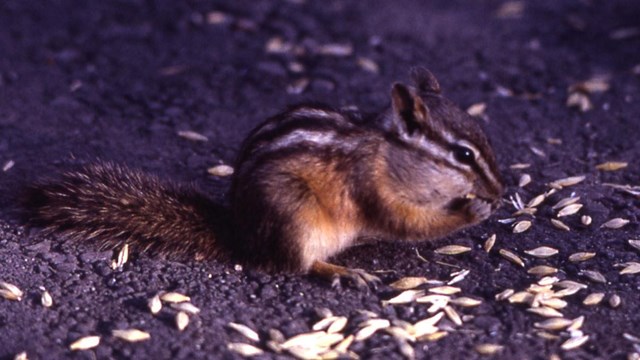
Least Chipmunk
Least chipmunks are commonly seen around the park. 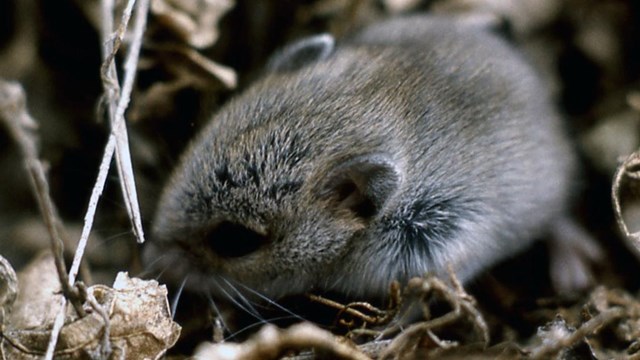
Montane Vole
Perhaps the most important prey species in the park. 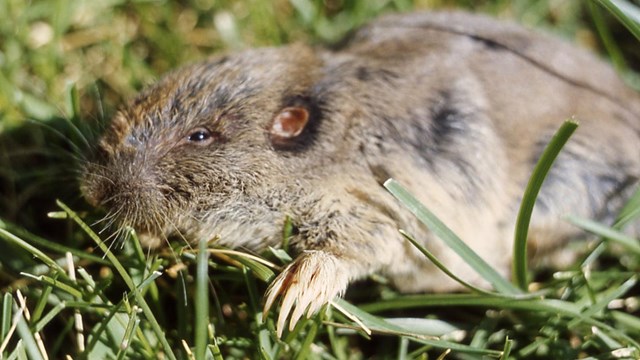
Pocket Gopher
Very active burrowing rodents. 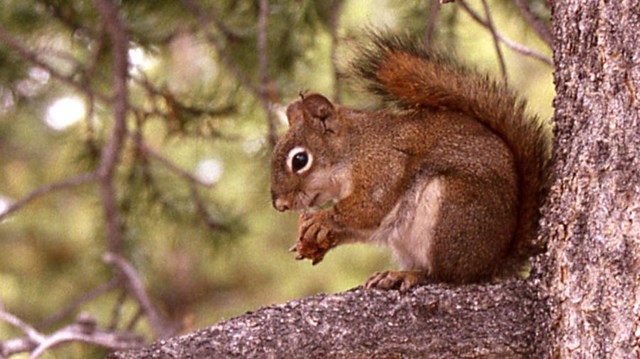
Red Squirrel
Common woodland rodent. 
Uinta Ground Squirrel
Very active rodents that dig burrows in grassy areas. 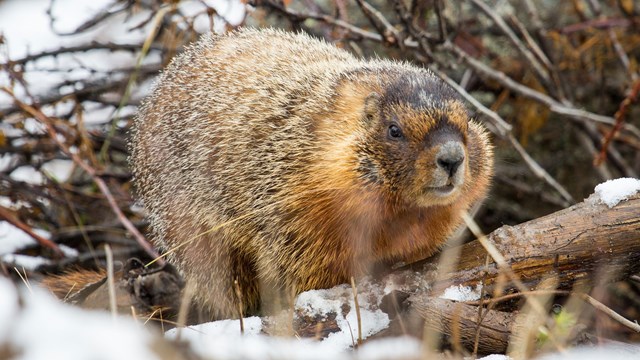
Yellow-bellied Marmot
Rodents that hibernate for eight months and are seen climbing around rocks. Hares, Rabbits, and Pika (Order Lagomorpha)These mammals are similar to rodents, except that they only eat plants and have four incisors in their upper jaws. 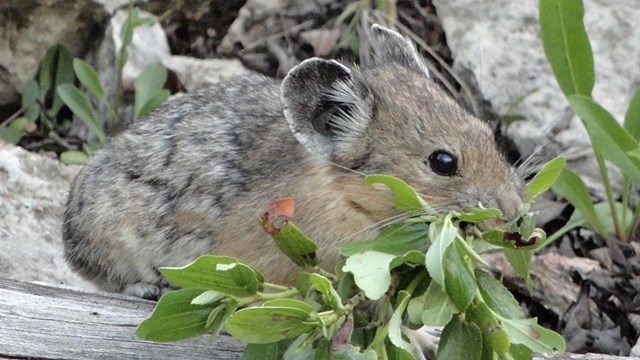
Pika
An indicator species for detecting ecological effects of climate change. 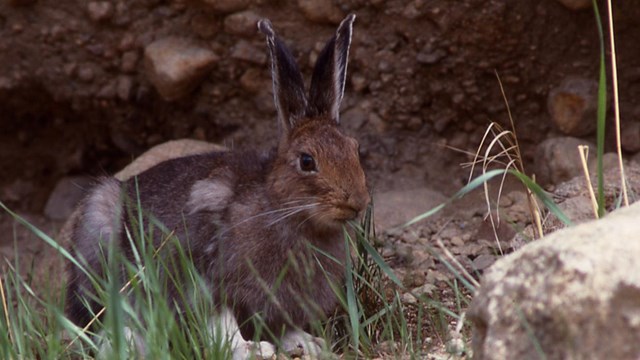
Snowshoe Hare
Common hare found in the park. 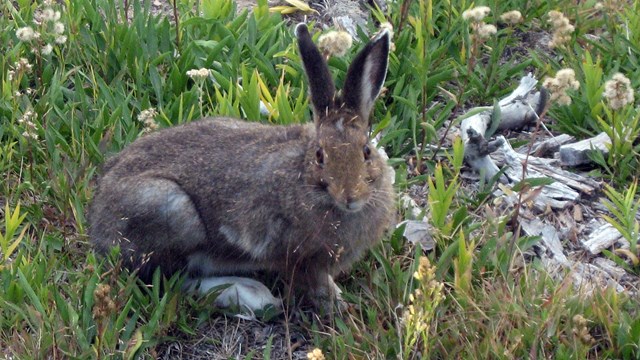
White-tailed Jackrabbit
Their coats change color with the seasons. Bats (Order Chiroptera)The only mammals that can fly, there are 13 species that call the park home. 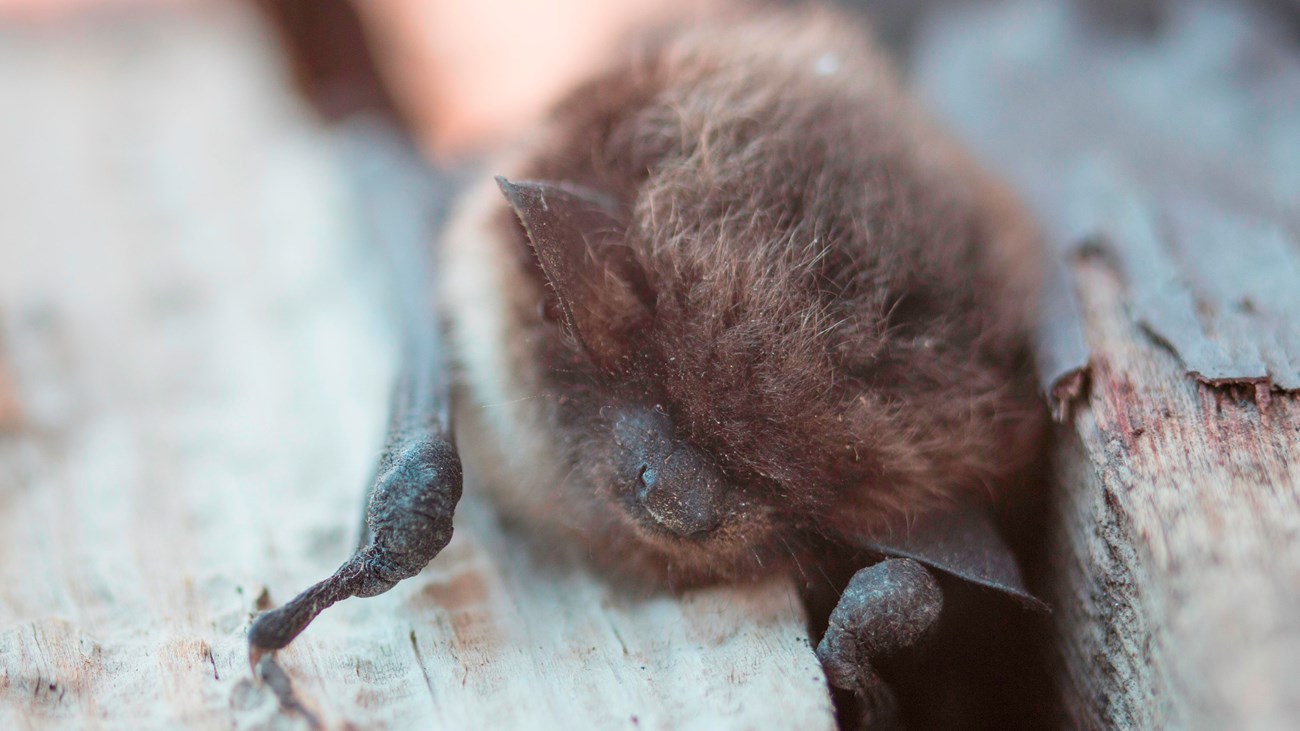
Bats
Bats are the only mammals capable of sustained, flapping flight. Yellowstone has 13 species of bats in the park. Source: NPS DataStore Collection 7881. To search for additional information, visit the NPS DataStore. |
Last updated: April 18, 2025
